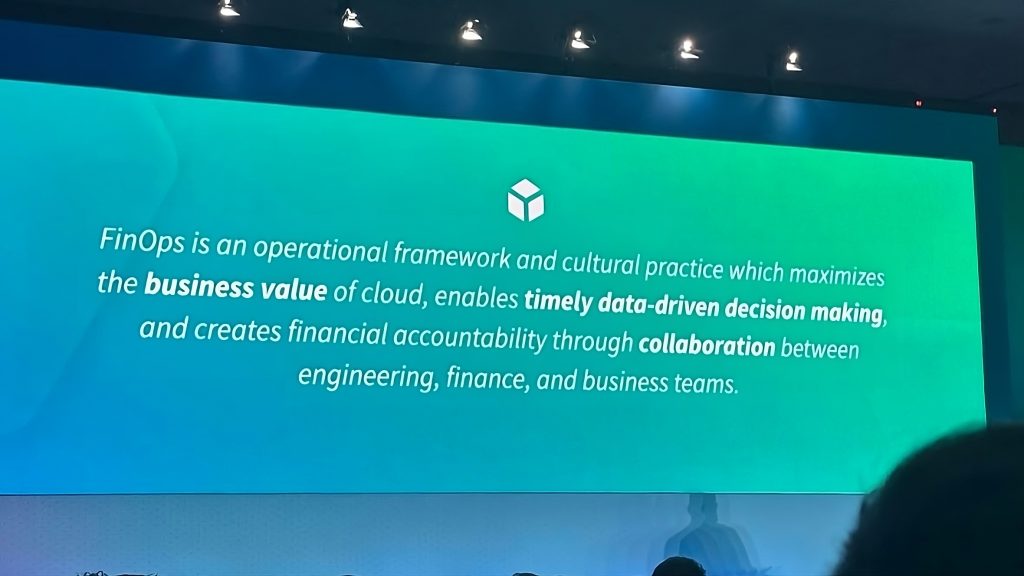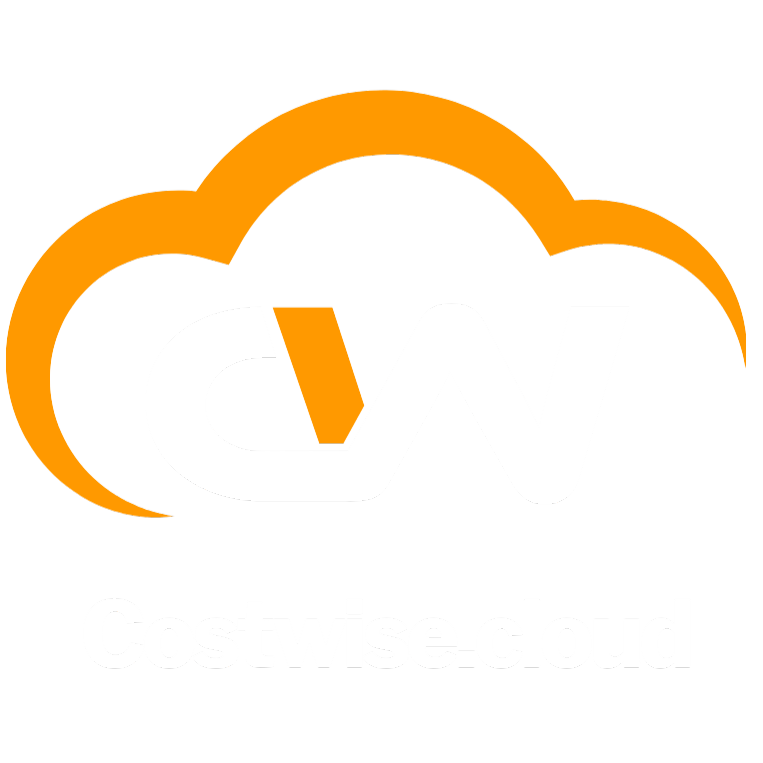We just got back earlier this week after a 3-day FinOps X event in Barcelona. It felt overwhelming because it was too much networking and inspiring because we learned a few things from the conversations we had with attendees and partners.
Here we’d like to share our take on the event and what’s changing in the FinOps landscape.
FinOps is growing rapidly
The official FinOps foundation was formed in 2019 and in less than five years the community has grown exponentially with all hyperscalers supporting and contributing to it as well as tons of startups have started since then who are building cutting-edge products related to the cloud financial management domain.
The term “FinOps” has also gone through a few iterations since the foundation began. During the event J.R. (JR) Storment who is the OG of FinOps release its latest definition for the term that is:
“FinOps is an operational framework and cultural practice which maximizes the business value of cloud, enable timely data-driven decision making, and creates financial accountability through collaboration between engineering, finance, and business teams.”

FinOps is no longer limited to Cloud
The motive behind starting FinOps movement was primarily narrowed to Cloud Cost such as AWS, Azure, and GCP. but now the term has broadened and its scope has enlarged to cover On-Prem, and SaaS solutions that are used in the organizations. This is an important adjustment that one shouldn’t overlook. Particularly we have seen how many thousands of dollars are being spent every year on SaaS solutions with little governance and insight into their usage. One thing that makes cost management on SaaS solutions harder is the fact that they are spread around as opposed to cloud bills which often are one big fat invoice at the end of the month.
In our view the SaaS solutions that their pricing are purely Seat-based will benefit least from FinOps as opposed to the ones that have more variable cost into them such as DataDog, Github, and etc…
FOCUS is finding momentum
FOCUS dominated a lot of conversations and sessions during the event. and its clear that FOCUS is on its path to become the de-facto format in the industry. If you haven’t heard of FOCUS before, it stands for “FinOps Open Cost and Usage Specification” and in simple terms is a data specification format for cloud providers and SaaS solutions to use for producing Cost and Usage reports. FOCUS is important because if you look into a “Cost and Usage” report that you get from AWS it looks fundamentally different from the one you get from another provider like GCP, and because of their differences it becomes hard for you to aggregate the usage and get a common view. FOCUS is precisely trying to fill this gap by making providers agree to a common output format. All the major providers including AWS, Azure, and GCP have done work already to provide their customers a cost and usage format based on FOCUS standard though it is not their default format yet.
My take on the products in the FinOps domain
The event also brought many partners to have their booth and demo their product and many of them are doing very similar things and mostly different at the UI layer.
We saw a demo of FinOut, and Vantage Cloud, and aptio whose products are focusing towards providing observability around cost management. The one start-up that caught our interest was called “Scale-ops” whose product is focused on optimizing kubernetes resources dynamically and this could be a game changer if you run kubernetes at scale.


